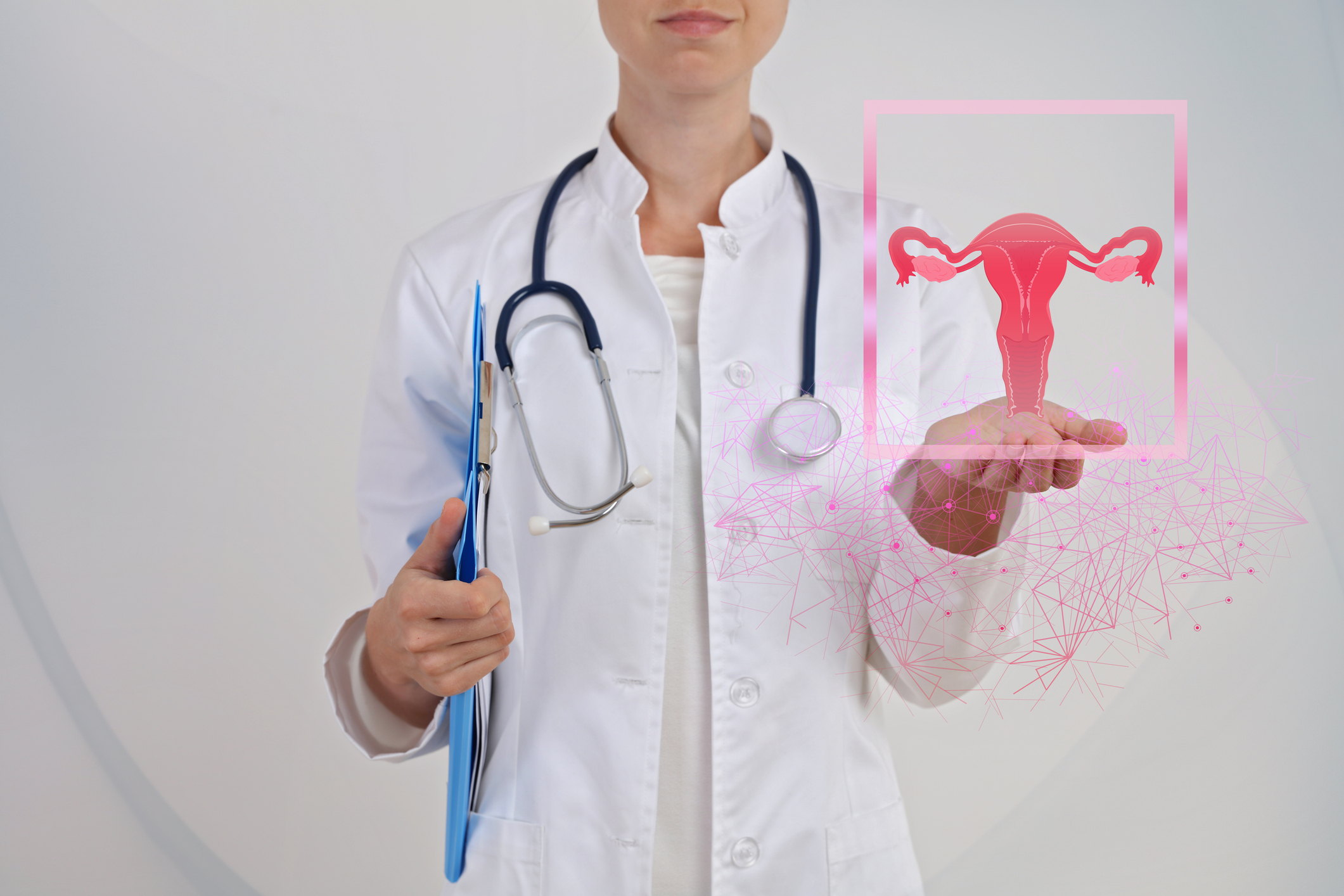For a study, researchers described aggregated pregnancy outcomes following uterine transplantation at a single experienced facility. The prospective research reported on live births among 20 women who got uterine transplants at Baylor University Medical Center in Dallas between 2016 and 2019. Between November 2017 and September 2020, these live births happened. The most important outcomes were live delivery, maternal difficulties, and fetal and neonatal outcomes. Six grafts were unsuccessful (four surgical complications and two with poor perfusion postoperatively). In 11 of the 14 technically successful transplants, at least one live birth occurred. So far, the live birth rate per attempted transplant is 55%, and the live birth rate per technically successful transplant is 79%. Ten of the uteri came from undirected living donors, while one came from a deceased donor. To obtain pregnancy, in vitro fertilization was used. Ten patients gave birth to a single baby, while one receiver gave birth to two neonates. During pregnancy, one incident of organ rejection was diagnosed and treated with steroids. The median birth weight was 2,890 grams (range: 1,770–3,140 grams [median 68th percentile]). Maternal weight growth was greater than recommended by the Institute of Medicine. Maternal medical problems (elevated creatinine level, gestational diabetes, gestational hypertension [n=2], and preeclampsia) were identified in five recipients. Maternal medical or obstetric difficulties resulted in an unanticipated premature birth in five patients (elevated creatinine level, preeclampsia; preterm labor [n=3]). At delivery, the median gestational age was 36 6/7 weeks (range: 30 6/7–38 weeks). All of the newborns were delivered alive, with Apgar scores of 8 or above at 5 minutes.
Over the first three years, our program had a live-birth rate of 55% per attempted transplant and a live-birth rate of 79% for each technically successful transplant. In all cases where pregnancies reached 20 weeks of gestation, uterine transplantation resulted in a third-trimester live delivery. Maternal medical and obstetric difficulties can develop; nevertheless, they were treatable by following normal obstetric practice guidelines.


